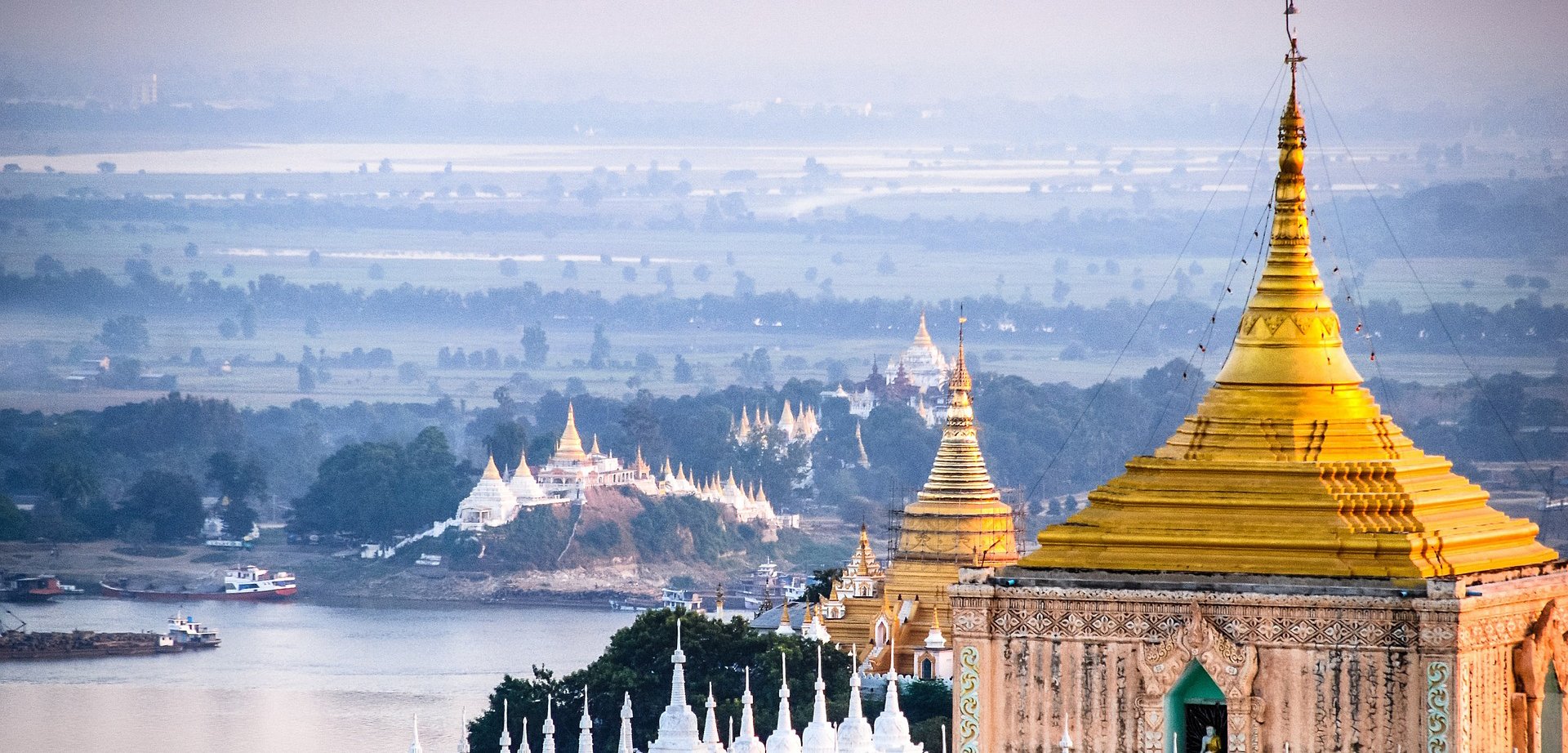Myanmar Experiences

Yangon
Yangon, formerly known as Rangoon, is not only Myanmar’s largest city, but also its commercial and artistic hub. The city is well known for its hip restaurants, thriving nightlife and large population. Myanmar’s capital city till 2006, Yangon boasts the largest number of colonial-era buildings in Southeast Asia. Some of its main attractions are Shwedagon Paya – the awe inspiring golden Buddhist monument, Yangon National Museum and Chaukhtatgyi Paya.

Bagan
Located on the banks of the Ayeyarwady River, Bagan is home to the densest concentration of Buddhist temples, pagodas, stupas and ruins in the world, with many dating from the 11th and 12th centuries. Described by Marco Polo as a “glided city alive with tinking bells and the swishing sounds of monks’ robes”, it is a UNESCO World Heritage Site. Shwezigon Paya, Ananda and Gubyaukkyi Dhammayangyi are some of its most remarkable monuments.

Mandalay
A former capital of Myanmar, Mandalay is its second-largest city after Yangon. The city suffered extensive destruction during World War II. The city is the economic and religious hub of upper Myanmar and is known for its cultural diversity. There are excellent markets, many monasteries, Indian temples, mosques, gold workshops and a bustling riverside to discover, as well as a thriving teahouse tradition that offers visitors the opportunity to mingle with the locals.

Inle Lake
The Inle Lake, a clear water lake situated in the Nyaung Shwe Township, is one of Myanmar's most beautiful destinations. It is the second largest lake in Myanmar with a diverse fauna and many species are found nowhere else in the world. One of the region’s main attractions is to observe the Intha fisherman, with their unique technique of rowing the boat with one leg while using both hands to fish.





